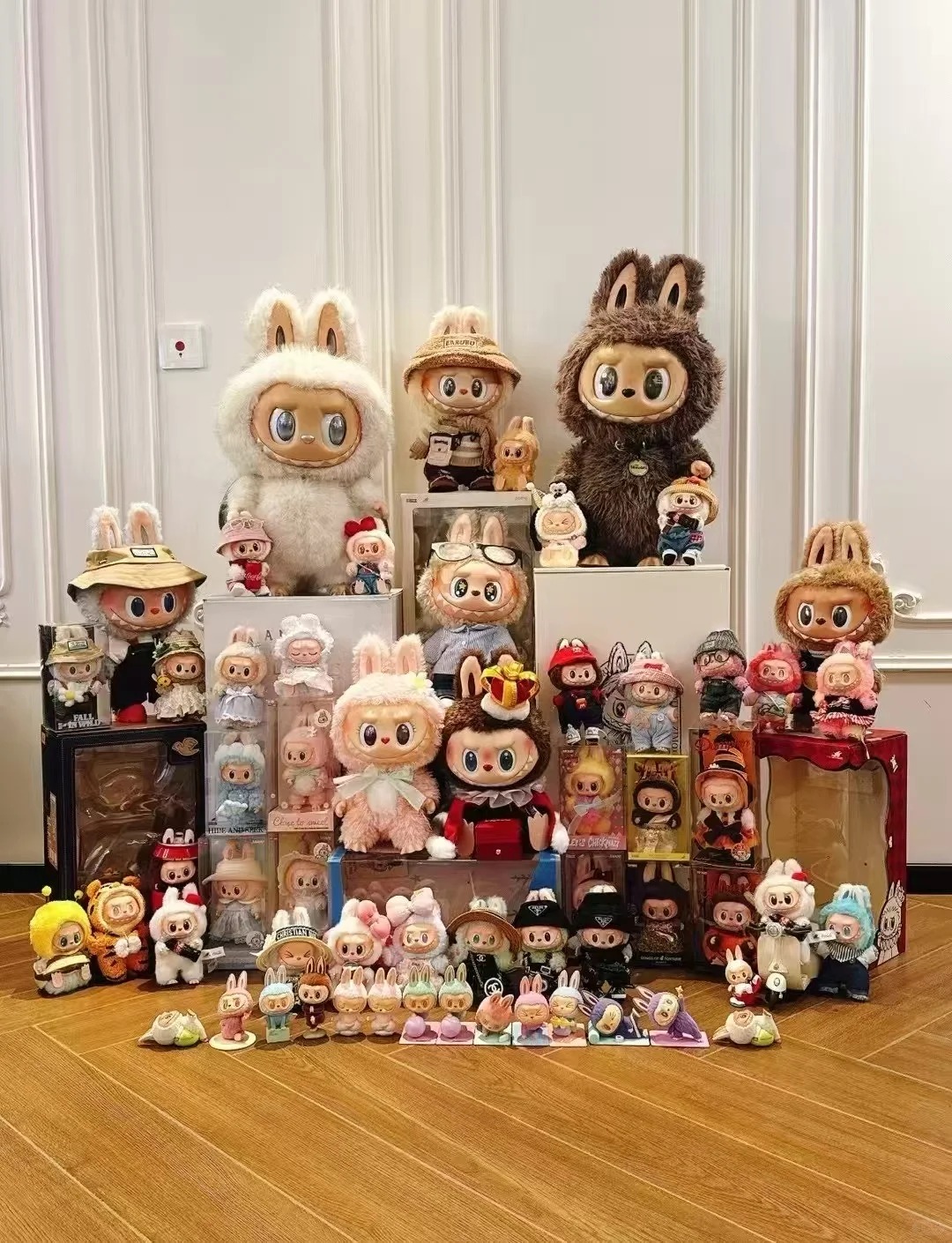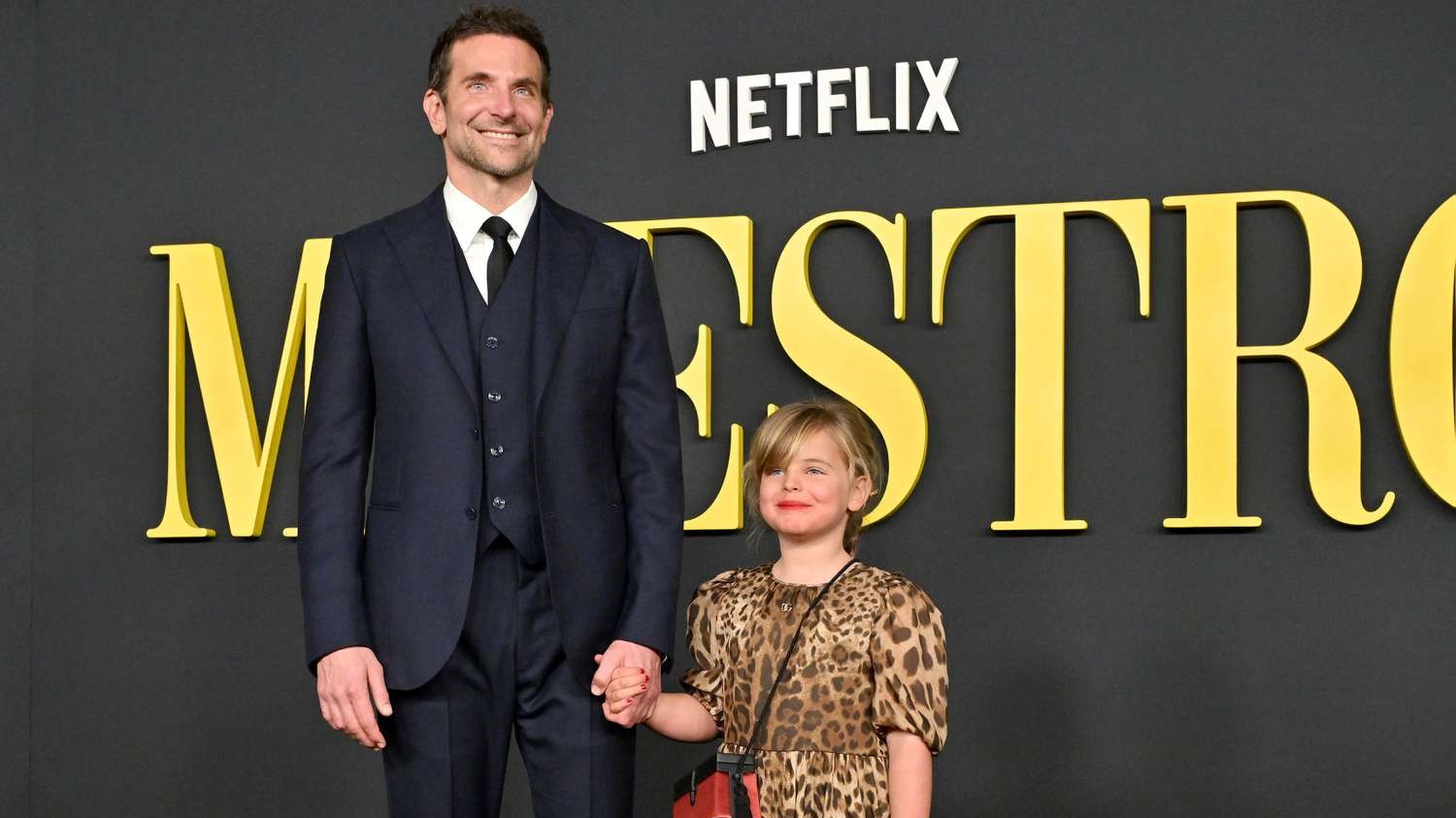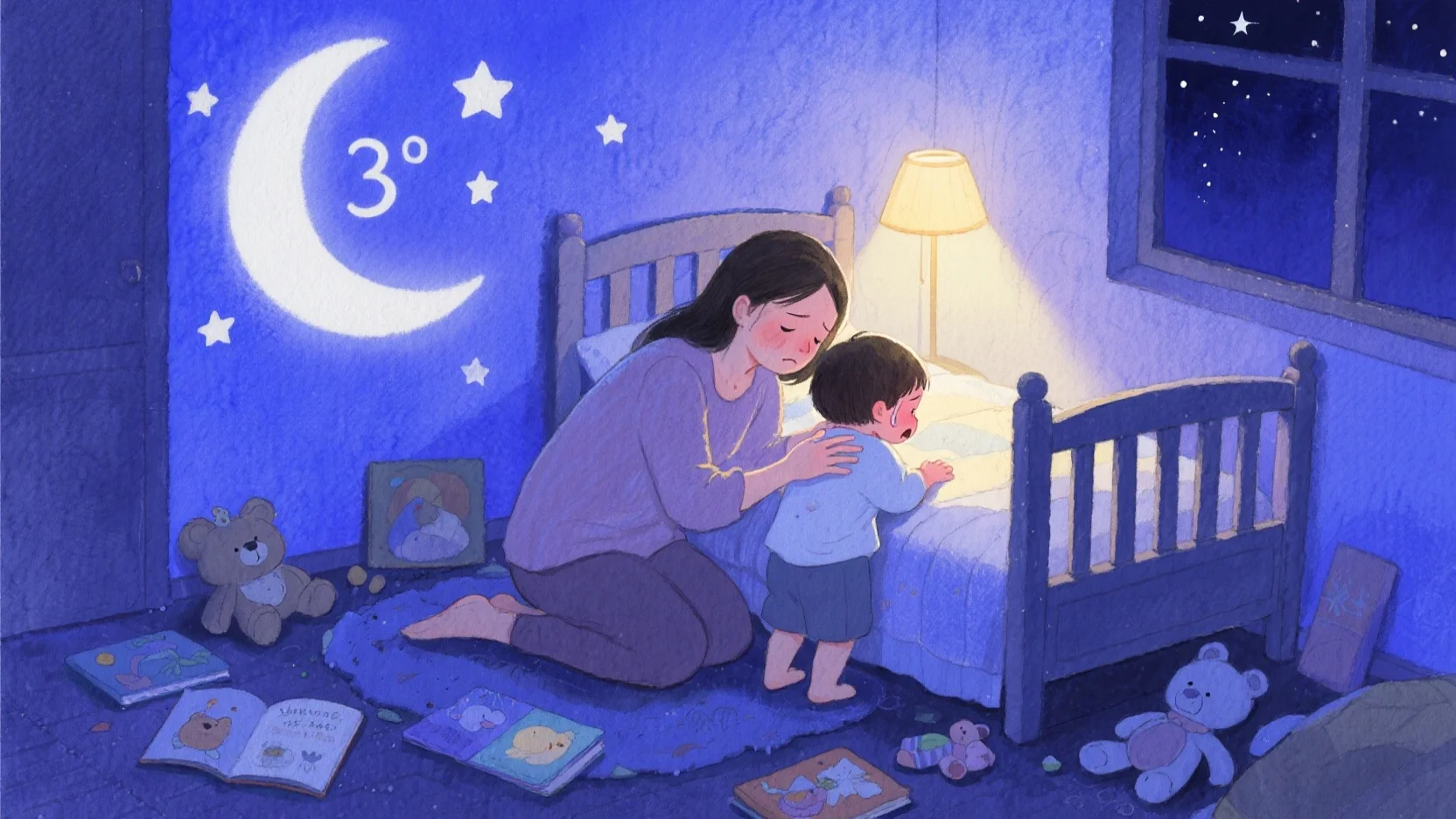Introduction: The Minimalist Toy That Sparked a Maximalist Craze
In an era where children’s toys increasingly resemble miniature amusement parks—complete with flashing lights, digital screens, and endless accessories—the meteoric rise of Labubu, a vinyl art toy with deliberately sparse design features, presents a fascinating paradox.
Created by Hong Kong artist Kasing Lung, Labubu’s design philosophy embraces:
- Radical simplicity: No movable parts, no electronic components, no interactive features
- Restrained aesthetics: Limited color palettes (often monochromatic), smooth matte surfaces
- Ambiguous expression: The same slightly sinister grin appears across most variants
Yet against all conventional toy marketing wisdom, this minimalist figure has inspired one of the most intense collector frenzies among children aged 6-14. This phenomenon reveals crucial insights about:
- The psychology of modern childhood collecting
- How design restraint can actually amplify desire
- Opportunities to cultivate mindful consumption habits
More: Labubu’s ‘Rebel Smile’: Teaching Kids Individuality Through Toy Design

Part 1: The Science Behind Minimalism’s Appeal
Cognitive Benefits of Simpler Toys
Recent studies from the Child Cognition Institute (2024) demonstrate that toys with fewer sensory inputs:
- Enhance sustained attention
- Children engage with Labubu 23% longer than more complex toys (avg. 14.7 vs. 11.9 minutes)
- The “blank canvas” effect stimulates imagination rather than dictating play patterns
- Reduce cognitive overload
- fMRI scans show lower stress markers when viewing simple vs. highly detailed toys
- Particularly beneficial for neurodivergent children
- Promote deeper storytelling
- In controlled experiments, children invented 3.2x more backstories for minimalist toys
Case Study:
At Tokyo’s Himawari Kindergarten, replacing 30% of classroom toys with minimalist alternatives led to:
- 40% reduction in toy-related conflicts
- 15% increase in cooperative play
More: Are Kids Into Labubu? The Rise of a Playful Collectible Craze
Part 2: How Simplicity Fuels the Collector Mentality
The Variant Illusion
Labubu’s manufacturer POP MART employs sophisticated variation strategies:
| Variation Type | Example | Psychological Effect |
|---|---|---|
| Color Swap | Blue vs. pink version | Creates perception of distinctiveness |
| Texture Shift | Glossy vs. matte finish | Enhances tactile desirability |
| Micro-Details | Gold vs. silver tooth | Fosters “eagle eye” collector mentality |
Shocking Stat:
85% of children in focus groups believed minor variants were “completely different toys” worth collecting separately.
The Blind Box Effect
Labubu’s distribution through mystery boxes leverages:
- Variable ratio reinforcement (the same psychological mechanism as slot machines)
- Social proof dynamics (unboxing videos generate 2.3B+ TikTok views)
- The endowment effect (owning one dramatically increases desire for more)
Parent Alert:
The average child spends 17 months’ allowance trying to complete a single Labubu series.
More: The Psychology Behind ‘Ugly-Cute’ Toys Like Labubu: What Parents Should Know
Part 3: Transforming Collecting Into Conscious Consumption
Educational Interventions
For Teachers:
- Math Integration
- Calculate probability of pulling specific variants
- Graph class collection patterns
- Art Curriculum
- “Design Your Own Minimalist Toy” workshops
- Study how simplicity communicates character
For Parents:
- The 3-Question Filter
Before any toy purchase, have children answer:- What makes this special beyond being new?
- Where will it live in our home?
- How will it be used differently than what we have?
- Collection Curation Method
- Monthly “museum exhibitions” of favorite pieces
- Written placards explaining each selection
- Swap Economy
- Organize local trading events with rules:
“Must tell the story behind each trade”
- Organize local trading events with rules:
Conclusion: Finding Balance in an Overstimulated World
Labubu’s success demonstrates that children don’t necessarily want more—they want meaningful. The challenge lies in:
- Appreciating how minimalist design benefits development
- Recognizing when collecting crosses into compulsion
- Channeling the passion into creative expression
Final Thought:
Perhaps the ultimate collector’s item isn’t another toy variant, but the ability to find wonder in simplicity.
Discussion Starters
- Should toy companies be required to disclose pull rates for blind boxes?
- How can schools better prepare children for today’s sophisticated marketing?
- What minimalist items have brought your family unexpected joy?
“We used Labubu to start talking about value. Now my son asks ‘Is this a want or a need?’ before purchases—sometimes.” – Parent testimonial








